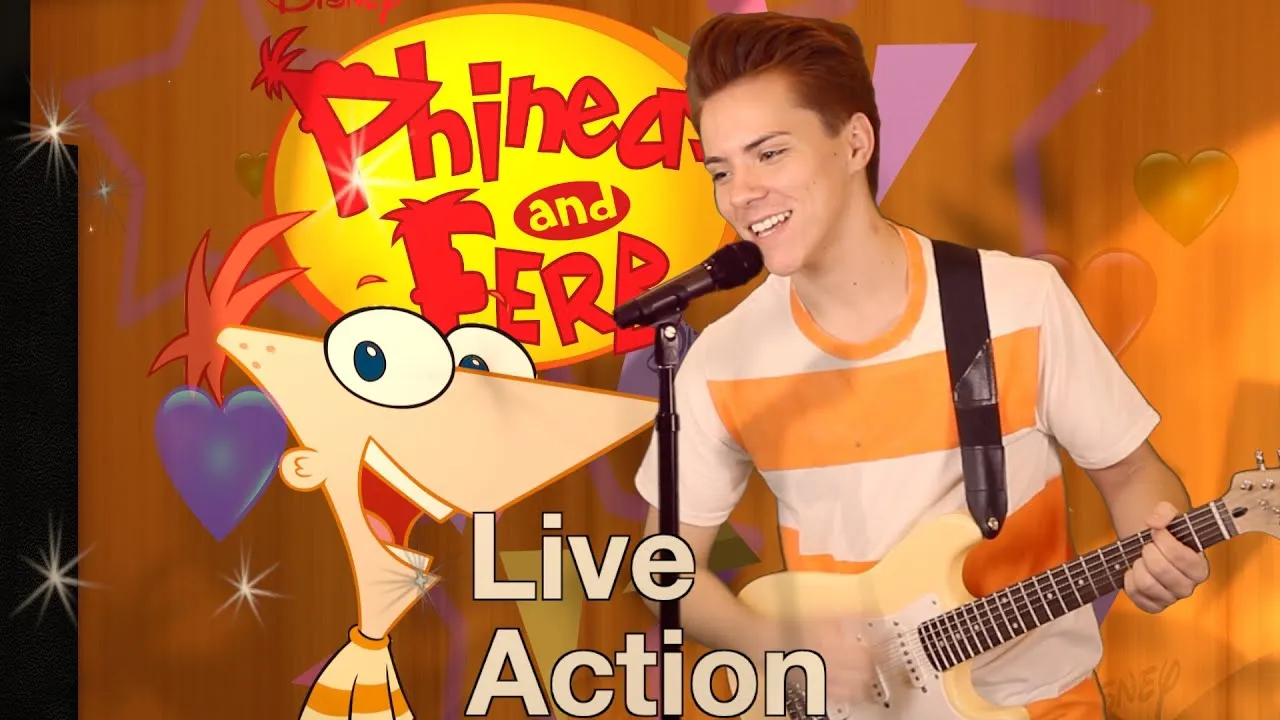Kill Zone 2 (2015) is a high-octane martial arts crime drama that transcends its genre roots with emotional depth, complex character arcs, and thematically rich storytelling. Despite being marketed as a sequel to the 2005 film SPL: Kill Zone, it is a standalone narrative — sharing only thematic DNA and a few actors in entirely new roles. Directed by Soi Cheang and featuring action choreography by Nicky Li, the film brings together martial arts icons Tony Jaa and Wu Jing in a transnational story of loyalty, corruption, and redemption.
The plot revolves around Kit (Wu Jing), an undercover Hong Kong cop whose operation to infiltrate an organ trafficking syndicate goes disastrously wrong. Betrayed by his superiors and presumed dead, he is imprisoned in a Thai jail, isolated from the world and slipping into despair. Kit is also suffering from leukemia — an affliction that not only makes his physical ordeal more punishing but also ties him to the film’s emotional backbone: the relationship between a father and daughter.
Enter Chatchai (Tony Jaa), a Thai prison guard with a daughter named Sa, who is gravely ill and in desperate need of a bone marrow transplant. Unbeknownst to both men, Kit is her biological match. Thus, the lives of two strangers — one a righteous man trapped in a corrupt system, the other a fallen cop clawing for redemption — are intertwined in a fate neither could predict.
While the first Kill Zone was a moody, philosophical crime thriller, Kill Zone 2 expands its scope considerably. It is part prison film, part action spectacle, and part emotional melodrama. Its narrative moves between Hong Kong and Thailand, exploring themes of medical exploitation, human trafficking, and the moral compromises made in the name of family.
One of the film’s greatest strengths lies in its characters. Kit is not the typical invincible action hero. He’s broken, drug-addicted (as part of his undercover persona), and often lost. Wu Jing brings a raw physicality and vulnerability to the role, showing a man at the brink who must find his humanity again. His arc is not just about surviving the violence — it’s about finding a reason to survive.
Chatchai, played with quiet intensity by Tony Jaa, is perhaps the emotional core of the film. Jaa, typically known for his explosive fighting style, turns in a restrained and deeply human performance. His love for his daughter drives every choice he makes — even as he begins to suspect that the prison system he works for is deeply corrupted. Chatchai is a reluctant hero, a man of principle in a world that punishes decency.

The villain of the film, Ko Hung (Louis Koo), is the head of the organ trafficking ring and the man responsible for manipulating both the prison system and medical institutions. His character isn’t cartoonishly evil — he’s desperate. Suffering from a degenerative illness, Ko Hung’s need for a heart transplant drives him to increasingly horrific acts. This moral grayness — where even the antagonist is motivated by survival — gives the film a tragic edge.
Where Kill Zone 2 truly shines is in its action choreography. The film features several brutal and kinetic fight sequences, expertly staged and shot with clarity. Fights feel dangerous, desperate, and personal. There’s a standout one-on-one between Jaa and Wu Jing — a symbolic clash of misunderstanding rather than malice — where both men push their bodies to the brink. The prison riot scenes are intense and claustrophobic, choreographed with a mix of Muay Thai, kung fu, and street brawling, all delivered with bone-crunching realism.
Yet the action never overshadows the story. Every fight in Kill Zone 2 serves an emotional or narrative purpose. Chatchai doesn’t fight to prove anything — he fights to protect. Kit fights to live. The violence is not celebratory; it’s a symptom of a world built on injustice.

Visually, the film is dark but not bleak. Cinematographer Cheng Siu-Keung creates a gritty, saturated look that fits the prison setting and underground criminal world. The film’s editing balances intensity with patience — allowing scenes to breathe when needed, especially in its quieter, character-driven moments.
Emotionally, the film crescendos toward its third act. Once Kit and Chatchai learn of their hidden connection, the film pivots toward redemption and sacrifice. In a genre often fixated on revenge, Kill Zone 2 dares to ask what it means to save someone rather than destroy. The final sequences blend raw action with heartfelt choices — characters make irreversible sacrifices not for honor or revenge, but for family.
In one of the film’s most poetic moments, Chatchai walks into a final confrontation knowing he might not survive — but knowing that if he doesn’t act, his daughter will die. This parental love becomes a force more powerful than any weapon, and in that moment, Kill Zone 2 elevates itself above traditional action fare.

The film ends not with glory, but with quiet hope. Survival comes at a cost. Bodies are broken. Lives are changed. But somewhere in a hospital room, a little girl opens her eyes — and that becomes the truest kind of victory.
Critically, Kill Zone 2 was praised for its blend of action and emotion. While some critics noted that the film's plot can occasionally feel convoluted, most agreed that its thematic ambition and powerful performances more than compensate. It performed well in Asia and gained international attention through film festivals and streaming platforms, solidifying its place as a modern martial arts classic.
Ultimately, Kill Zone 2 is about connection in a disconnected world. It’s about strangers whose lives cross because of cruelty, and who find redemption through unlikely bonds. It’s about fathers, brothers, and broken men who choose not to fall — but to rise, fight, and protect.



-1751510428-q80.webp)